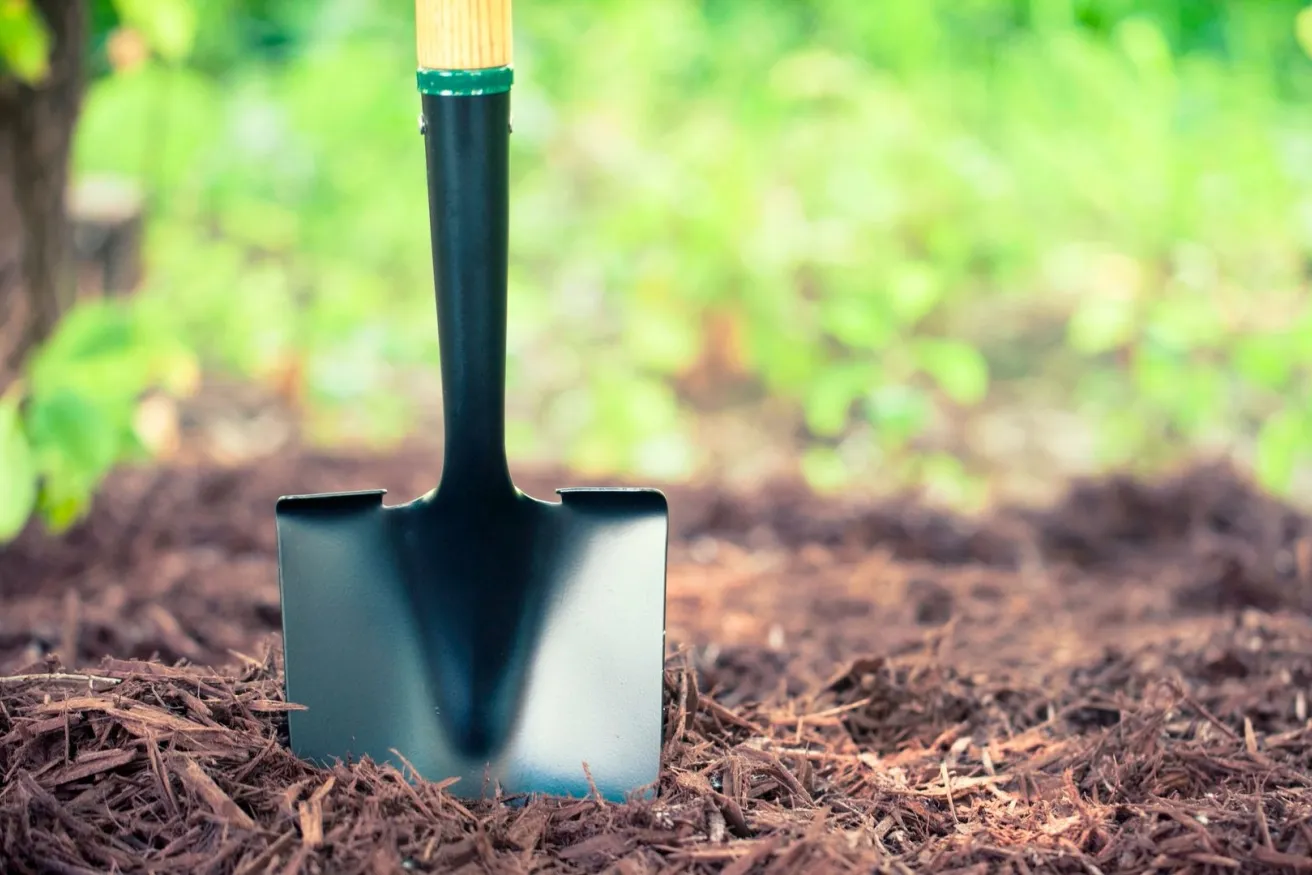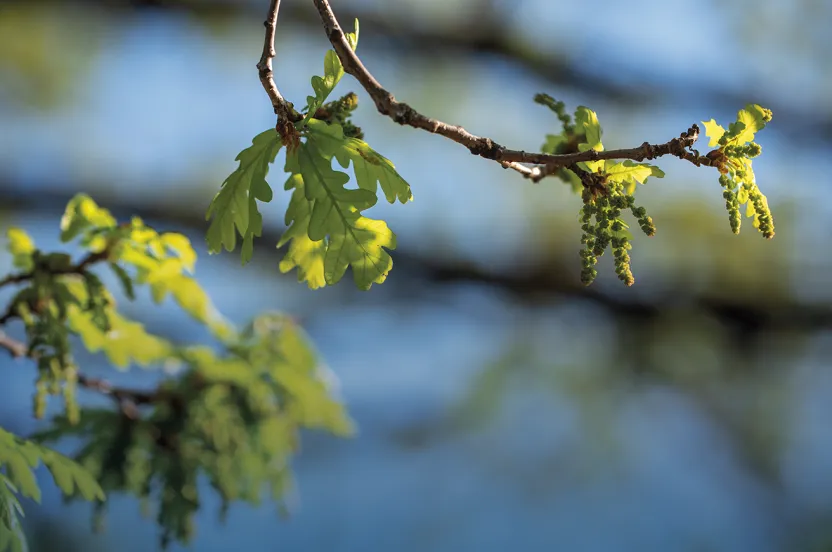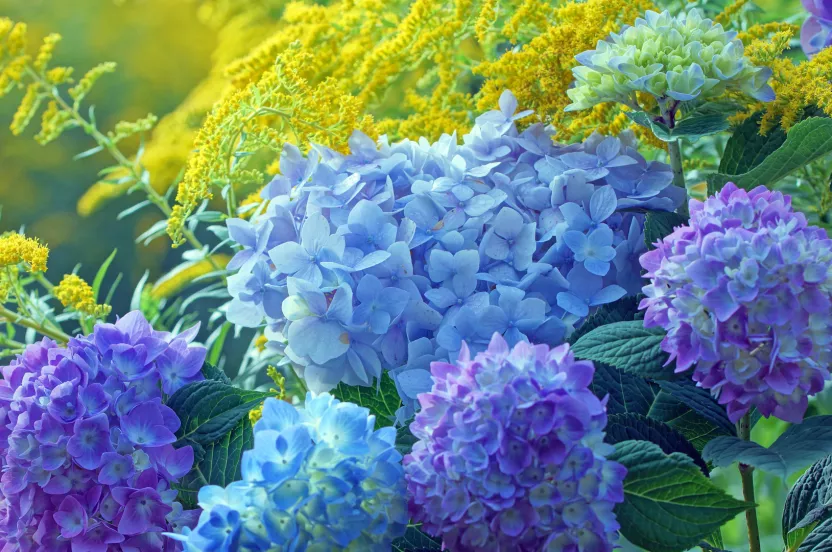Celebrate mom with a lasting tribute this Mother’s Day. PLANT TREES
Guest post by John Lang of Friendly Tree.
With spring right around the corner, it’s time to start thinking about your yard again. One item that should be at the top of your list is applying mulch to your landscape. It’s one of the most important things you can do to keep your trees and plants healthy, but it’s also one of the easiest things to over apply that can have negative effects on your plants. This season is the perfect time to start mulching.
Before you get your gardening gloves on, you should know that if done improperly, mulching can actually kill your trees and plants. So, here’s what you need to know to mulch right.
First, Choose the Right Kind of Mulch
The right kind of mulch does more than just make your yard look good; it adds valuable nutrients to the soil, helps to retain moisture, suppresses weeds and protects your trees’ roots from damage.
For trees and shrubs, organic mulch (comprised of live organisms, like wood) is best because it improves and enriches the soil as it breaks down. The most common type of organic mulch is shredded hardwood bark, with many different kinds available at your local nursery or landscape supply center.
Other, more readily available types of mulch can be great budget-savers as long as you follow some basic rules:
Leaf mulch can be a great, no-cost option as long as the leaves are finely shredded before use to ensure proper air and water flow to the soil. Leaf mulch can also be a great winter mulch for garden areas.
Grass clippings make a wonderful soil amendment because they break down quickly. Be sure to allow time for the clippings to dry out or they will be too “hot,” which can cause nutrient deficiencies and toxicity. Don’t use grass that has been treated with pesticides or herbicides.
Pine needles on the other hand, break down slowly and only need to be applied once a year. However, because pine needles acidify the soil, only spread them over acid-loving trees and plants.
Determine How Much You Need
Contrary to common belief, more isn’t better when it comes to mulch. Two to three inches of mulch spread three to ten feet around the base of the tree is the rule of thumb. To keep the mulch looking fresh, you may need to top-dress with an additional inch of mulch each year.
You can purchase mulch by the bag or by the cubic yard from your local garden center or landscape supply center.
The Right Way to Apply Mulch
The best way to apply mulch to your trees is to mimic their natural environment. The forest floor is typically blanketed with organic material like leaves and pine needles, which help regulate soil temperature, retain moisture and keep weeds at bay.
Watch Ask an Arborist: Why do We Mulch?
Spring is the best time to apply mulch, after the ground has thawed. Before mulching, ensure proper soil drainage and remove grass from a three to ten foot circle around the base of the tree. It’s important to avoid spraying herbicides, like Roundup, to remove the grass; dig it up instead.
Spreading a layer of compost prior to mulching, followed by watering, will feed your trees. Spread two to three inches of mulch on top of the compost, using a rake to spread the mulch out evenly.
Over-mulching is one of the most common mistakes people make and it can have disastrous results when it comes to the health of your trees. A dense layer of mulch can starve plants of oxygen and contribute to disease.
Avoid volcano mulching, which is piling mulch up against the base of the tree. The tree’s “root flare,” which is where the trunk ends and roots begin, should be kept completely clear of mulch.
Mulch should also be kept at least six inches away from the foundation of any structure or wood surface to prevent subterranean termites from moving in.
Mulch provides countless benefits to the trees on your property, and it’s one of the best investments you can make in the health and longevity of your trees. In the urban landscape, mulch nourishes and protects your trees, setting them up for success.




